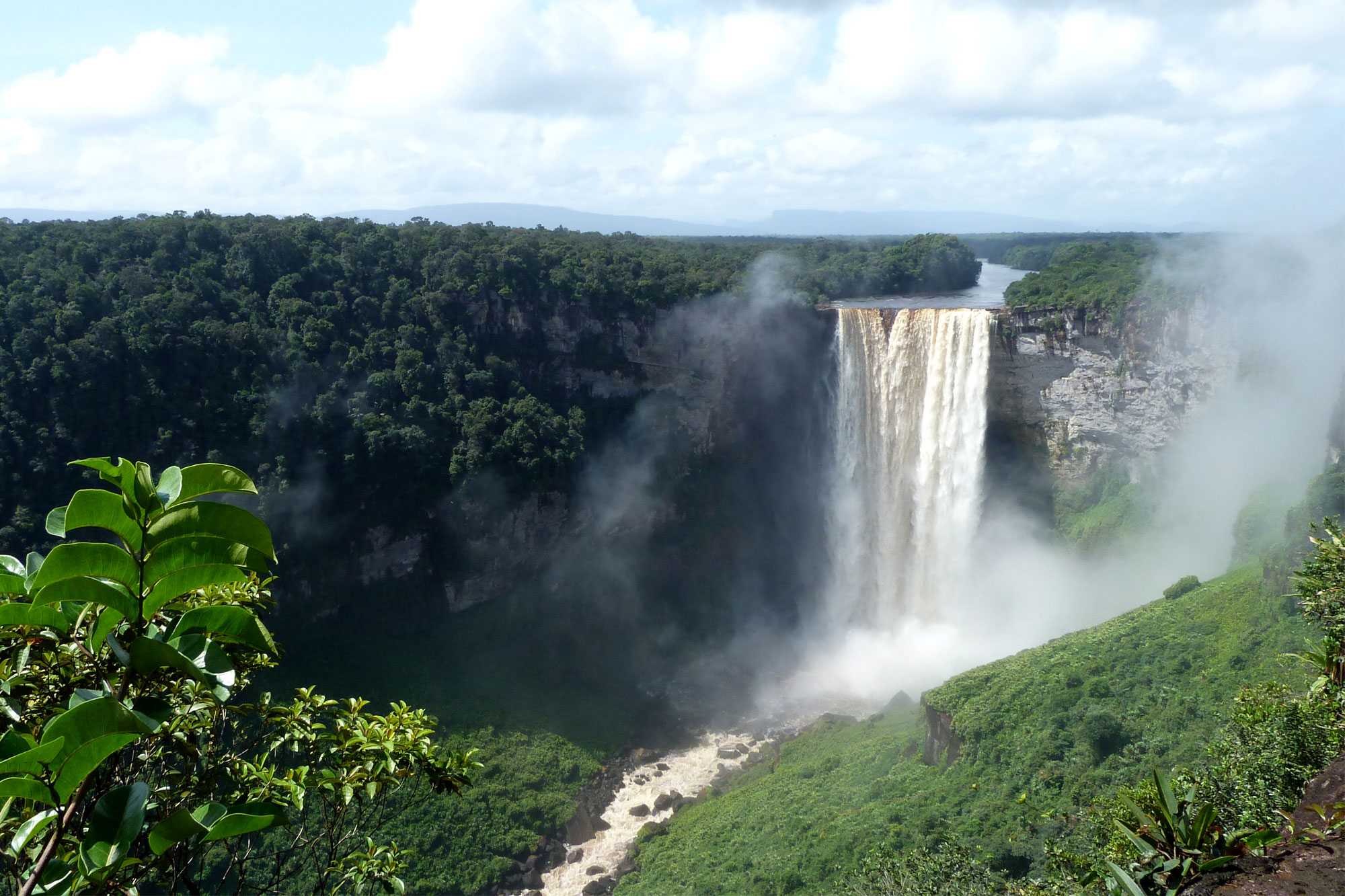Research to identify priority areas for conservation in Guyana is one of the School of Anthropology and Conservation‘s many projects that are having real-world impact. Since 2011, DICE researchers Jake Bicknell, Zoe Davies, Bob Smith and Matthew Struebig have been working alongside governmental and non-governmental stakeholders to develop a protected area expansion plan.
The challenge
Guyana is 74% tropical rainforest but a rapid expansion of logging and, in particular, mining has led to significant deforestation, with 152,000 hectares of forest lost over 15 years. Under the Convention on Biodiversity, Guyana’s government has committed to increasing the country’s protected areas from 8% to 17% of its land area.
The approach
The initial stages of the project involved mapping the distribution of Guyana’s wildlife, and the team then established representation targets which would enable viable populations of each species and vegetation type. Analysis indicated that the representation targets were not met within the existing protected areas: among the species not represented were eight that are identified as threatened on the IUCN Red List.
The challenge for the team was to identify additional areas of land that would allow representation targets to be met without involving an unrealistically large proportion of the country: minimising opportunity costs arising from restrictions on the land available for mining, forestry and agriculture is a key objective for the project. Systematic and objective selection of locations, including the Guyana Highlands and the Rupununi Savannahs and wetlands, offers the opportunity for all the target species and vegetation types to be represented within the protected area network, while fulfilling commitments under the Convention on Biodiversity.
The result
The government of Guyana began establishing the new protected areas in 2017, with the project due for completion by 2024. During this process, the project team continues to work alongside the government and stakeholders.
The research has been published in a paper entitled ‘Designing protected area networks that translate international conservation commitments into national action‘ in the journal Biological Conservation.

